Bob and myself had worked out a trip to the Northern Beaches area of Sydney with a number of objectives –
- Whale Rock Aboriginal engravings at Tumbledown Dick
- Moon Rock Aboriginal engravings – a walk from Deep Creek
- Warriewood Blowhole on Turimetta Headland
- A look for fossils at Turimetta Beach
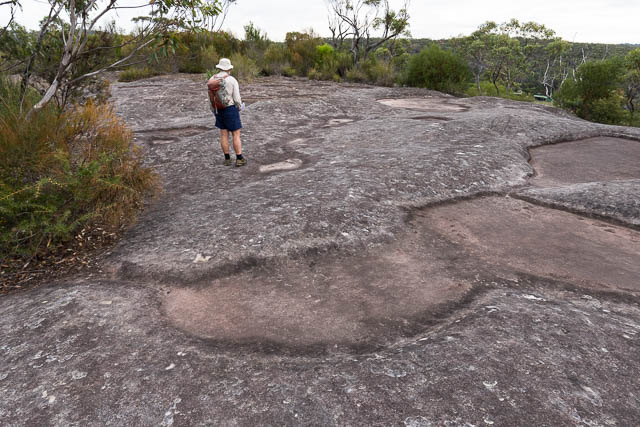
The first site, Whale Rock, is at Tumbledown Dick, very close to Mona Vale Road.

Below, Bob is pointing out a very large engraving of a whale. The engraving is very faint and hard to see in the photo.
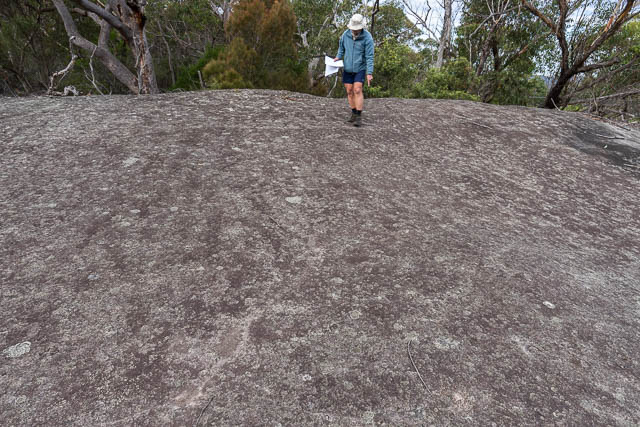
Near the whale are two smaller engravings of human male figures. These two are very difficult to see in the photos. All the engravings took us a while to discern, but they are certainly a lot easier to see in situ.


In the photo below – you can see part of a yellow road sign – on Mona Vale Road.

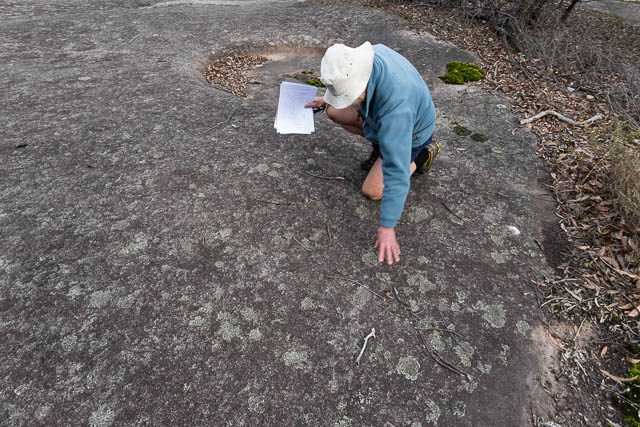

Whale Rock is an impressive art site, and easy to get to.
Moon Rock was our next objective. It would be a shorter walk from near Belrose, but Bob was keen on a more scenic way – walking in from Deep Creek near Narrabeen Lagoon.
Walking in this way, also gave us another chance to investigate the old Nazi Camp that we had noticed on our earlier Narrabeen Lagoon walk. This old camp is a short way up from the oval at Deep Creek.
In the photo below you can see the engraved “Dortmund” and above that a Nazi Eagle.

Engraved below is a date in 1937 and an outline of Australia.
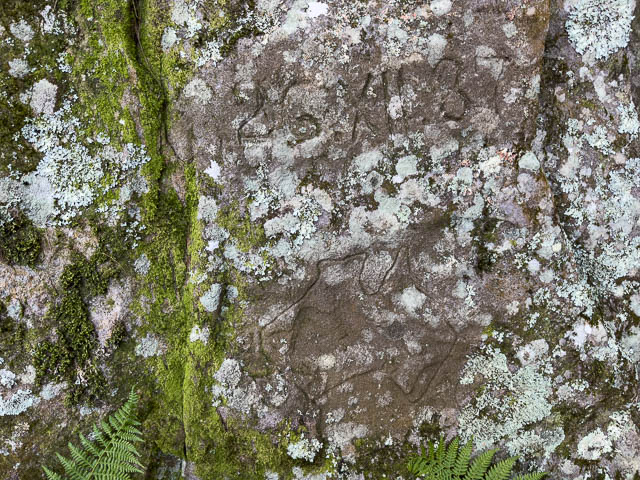
More engravings –

A swastika, “Strassfurt” and a 1938 date –

On a level are, just above the engraving are the remains of two old huts. After bushfires, all that remains are fireplaces.


We then crossed over Deep Creek on the sewer line bridge.

We followed a track upstream along Deep Creek. It was pleasant easy walking.

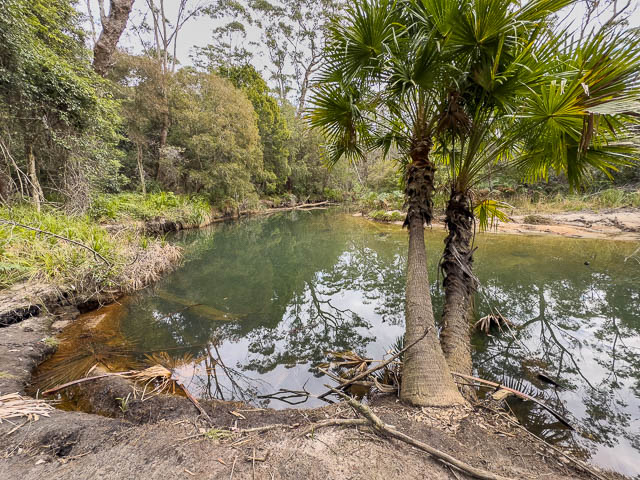

White-cheeked Honeyeater
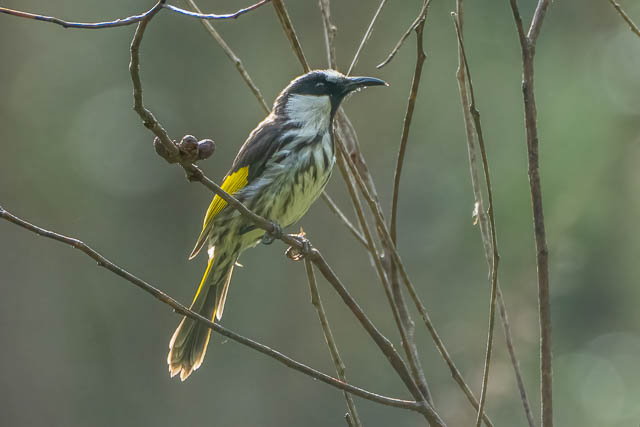
Then we followed a side track up smaller creek to eventually reach the Slippery Dip Trail.

On the way, we passed this waterfall. It would be nice after rain.

Flannel Flower

Grevillea sp.
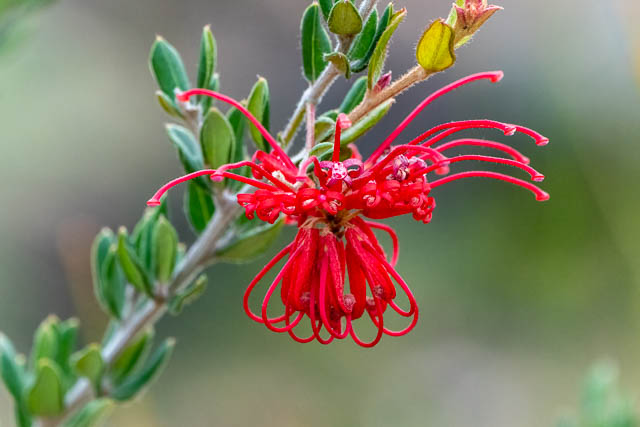
Moon Rock is another well known art site and is very extensive. The engravings are faint, but very impressive.
Below is a large engraving of a whale –

The engraving below depicts a crescent moon and a series of full moons.

This one is a fish –

A human male figure, and an overlapping kangaroo –
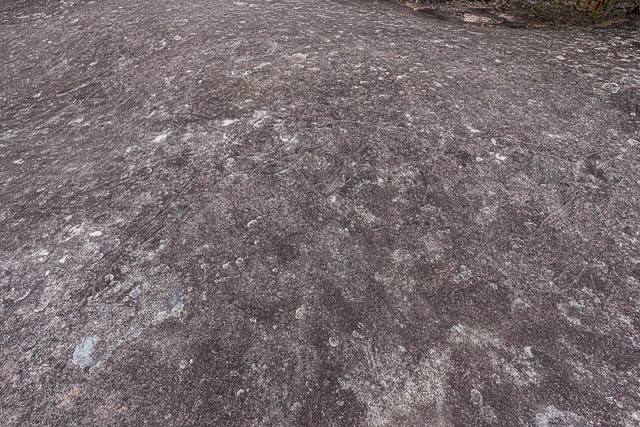
One of several eels –
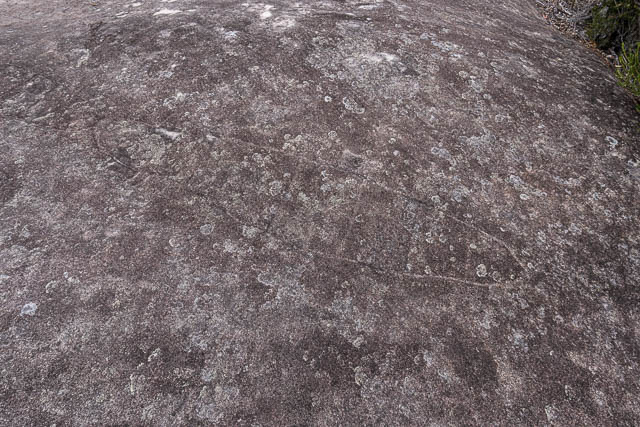
Below are two mundoes (footprint engravings) –

Three more eels and a fish spear –
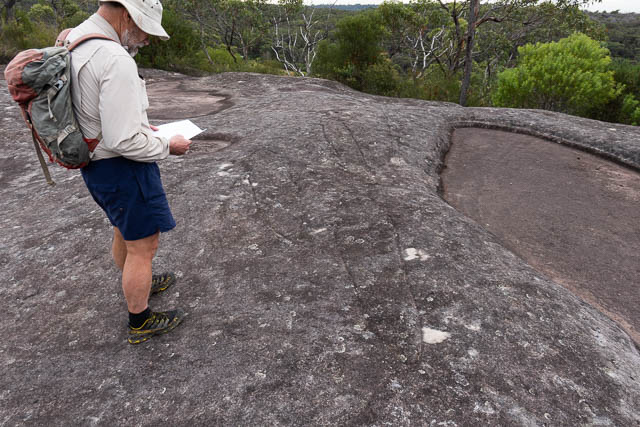
There was a lot more than these photos. It was an amazing place to visit.
A few more photos on the walk out – via the fire road –
Drosera sp.

Boronia sp.

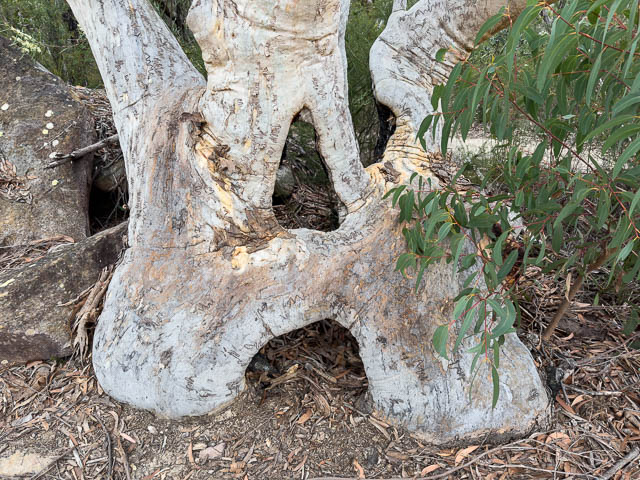
We then headed to Turimetta Headland – where we had a late lunch.
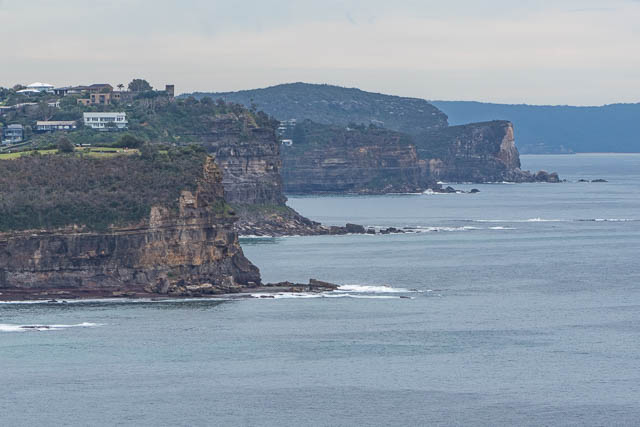
While we were eating lunch, a Peregrine Falcon flew past.
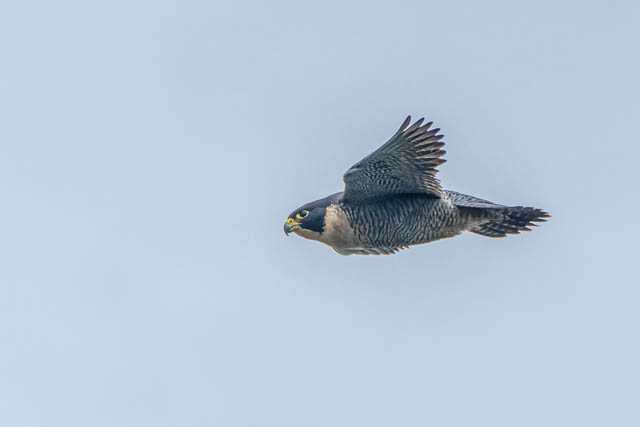
Then a second one appeared.

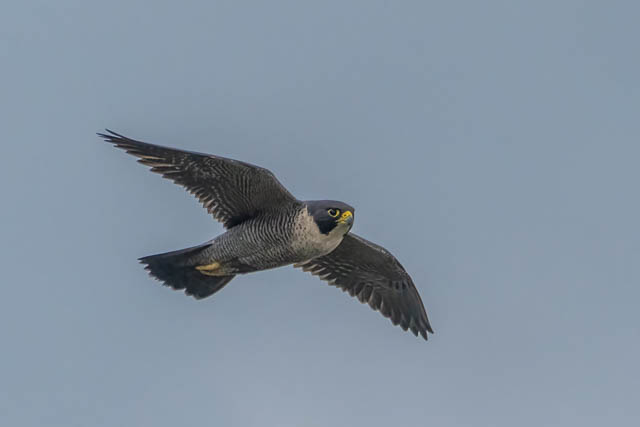

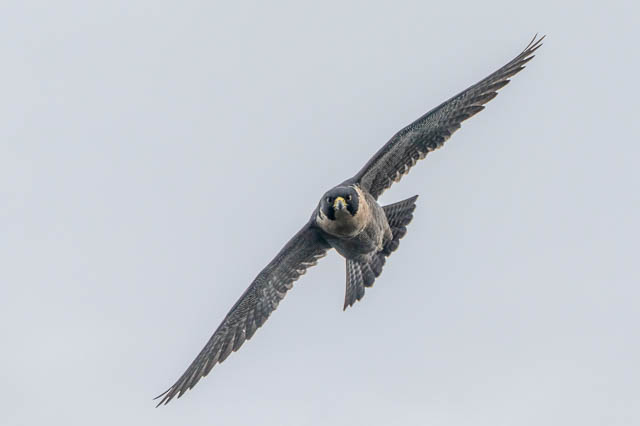


Just to the north of the Headland is Warriewood Blowhole. This is a dangerous place – quite a few people have died here over the years. From jumping down into the blowhole or trying to swim through it. But it is certainly a spectacular place.

The tide was too low for the blowhole to operate, but you can see it full –
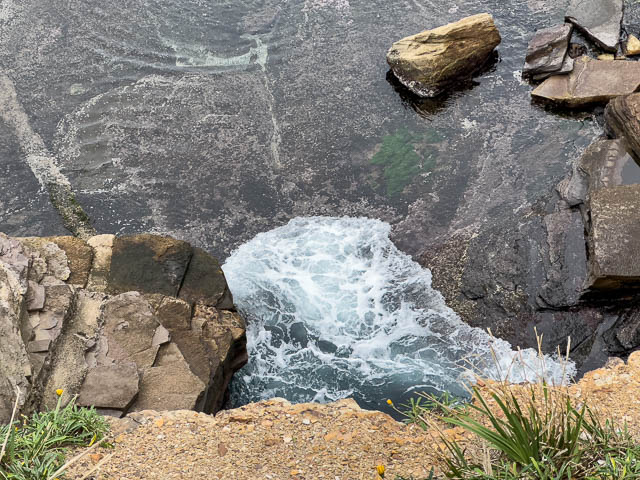
and starting to drain.

we then walked out another faint track out to the end of the headland. The Peregrine Falcons appeared again.

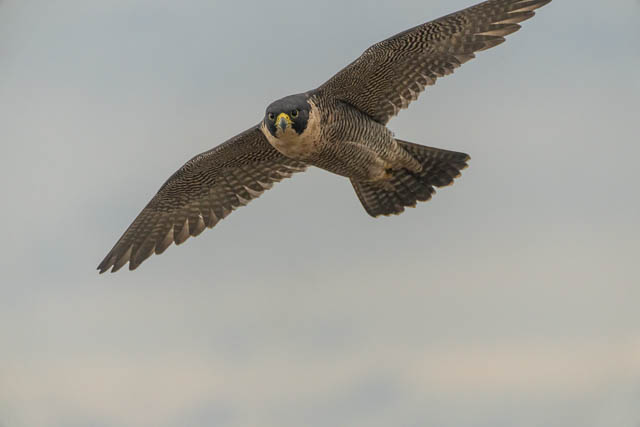
From further out, we could see the very dodgy way down to the blowhole –
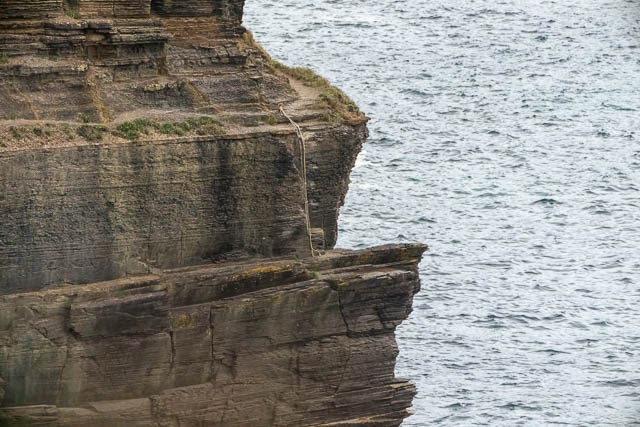
And a good view of the blowhole tunnel.
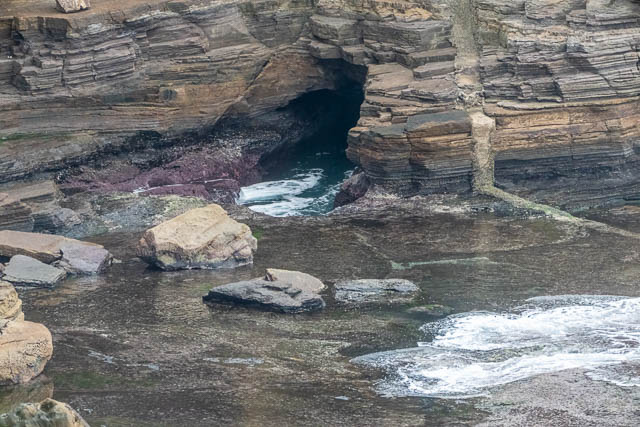
Next to the blowhole is a concrete strip – this probably marks the location of a 1970’s sewer outlet.

Here is Bob at the end of the headland.

We got a good view south of Turimetta Beach –
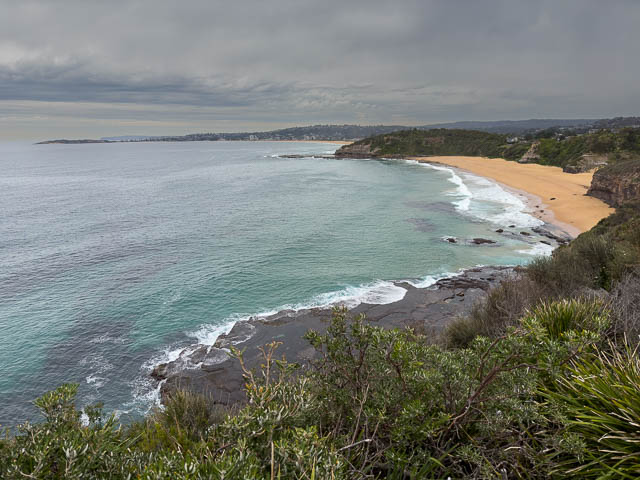
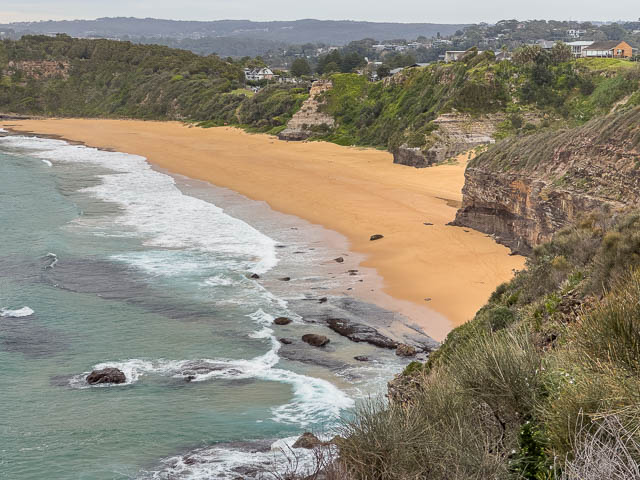
We then headed down to the beach to look for our fossils. We passed a large cave containing an Aboriginal midden.
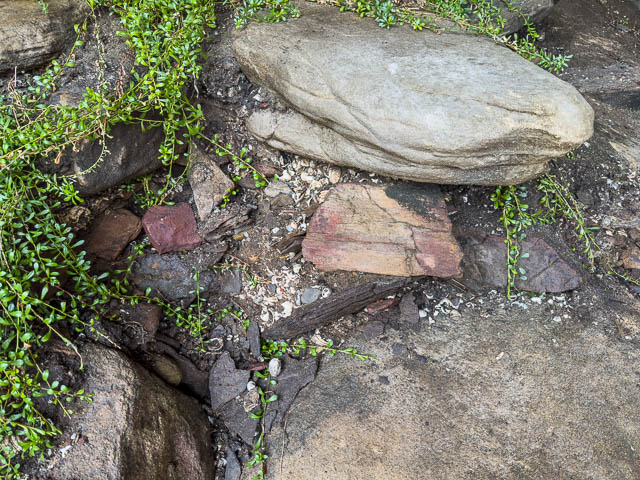
Not far away is the remnants of a swastika. I wonder if it was painted on by some of the Nazis from the camp – which is not very far away.
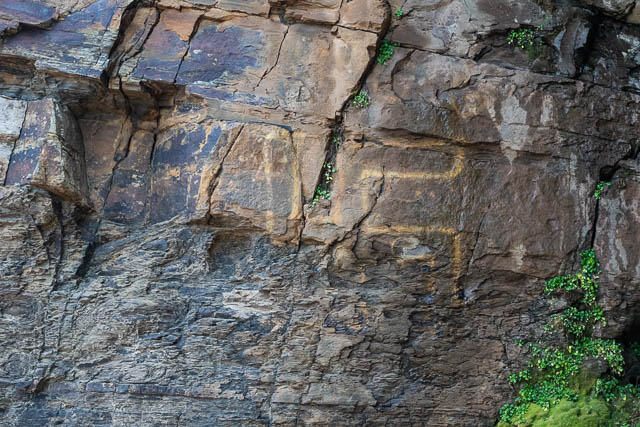

We found some small coal in the shale –


These small coal deposits were once a log.
Unfortunately, the fossils we were looking for – marks made by the claws of Labyrinthodont (- an extinct 4 legged amphibian about 2 m long) were buried by sand.
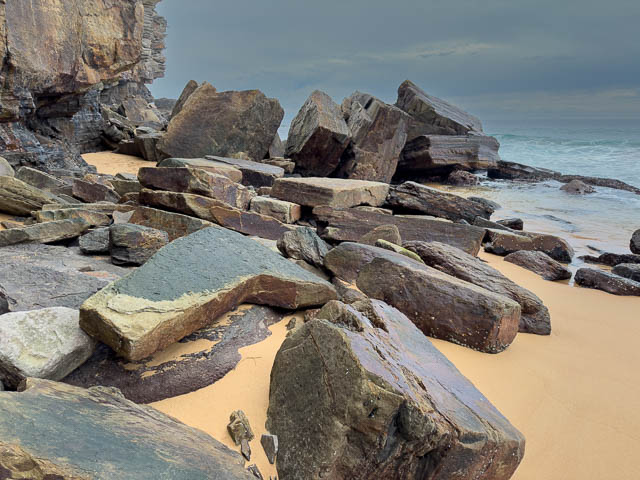
We then walked to the south end of the beach.

Again, the fossils made by a large arthropod were buried by sand.
During the day, the weather had been deteriorating, and it was now starting to rain. So we made our way back to Bob’s car.
Despite not being able to see the fossils, this had been a very interesting day.
